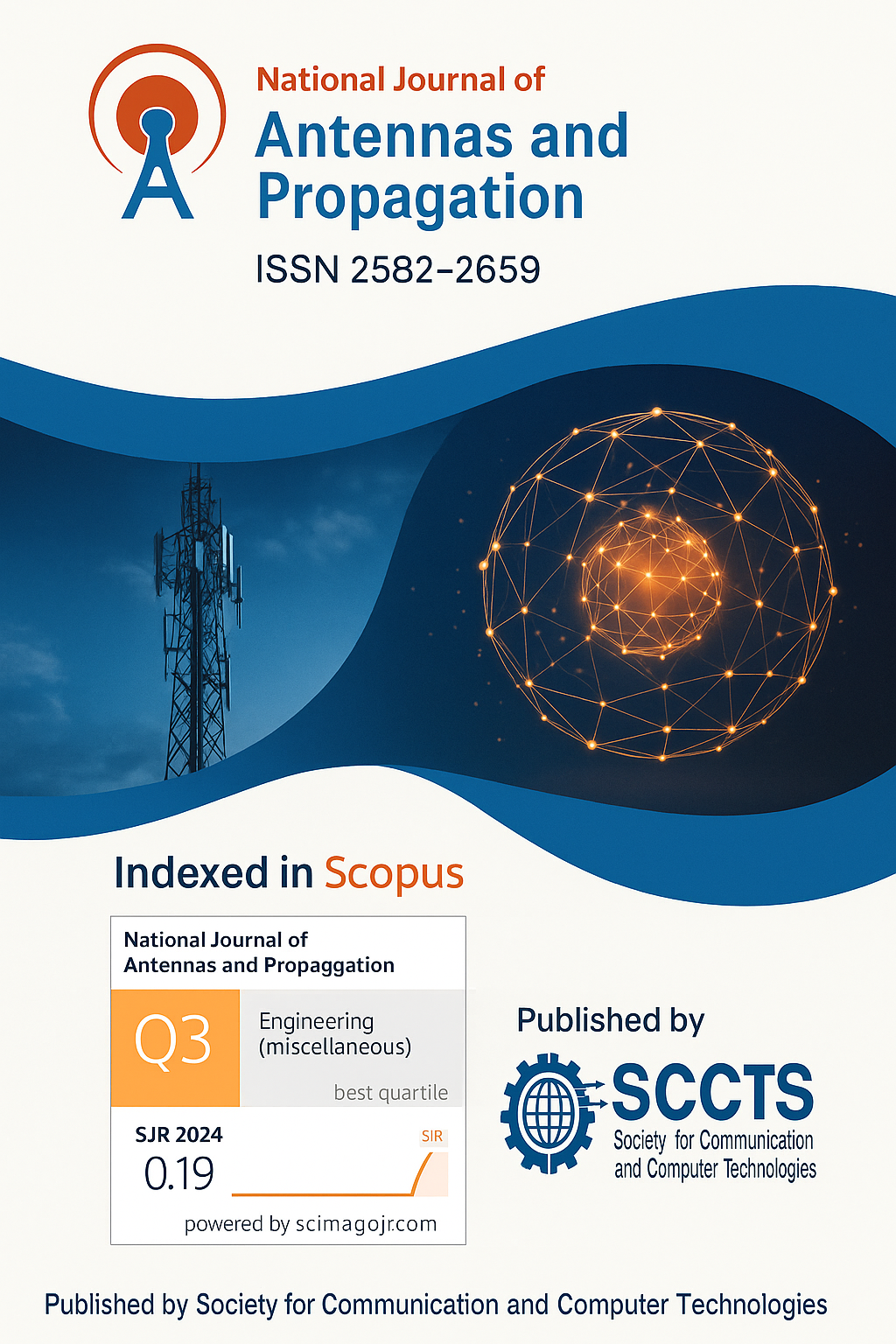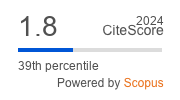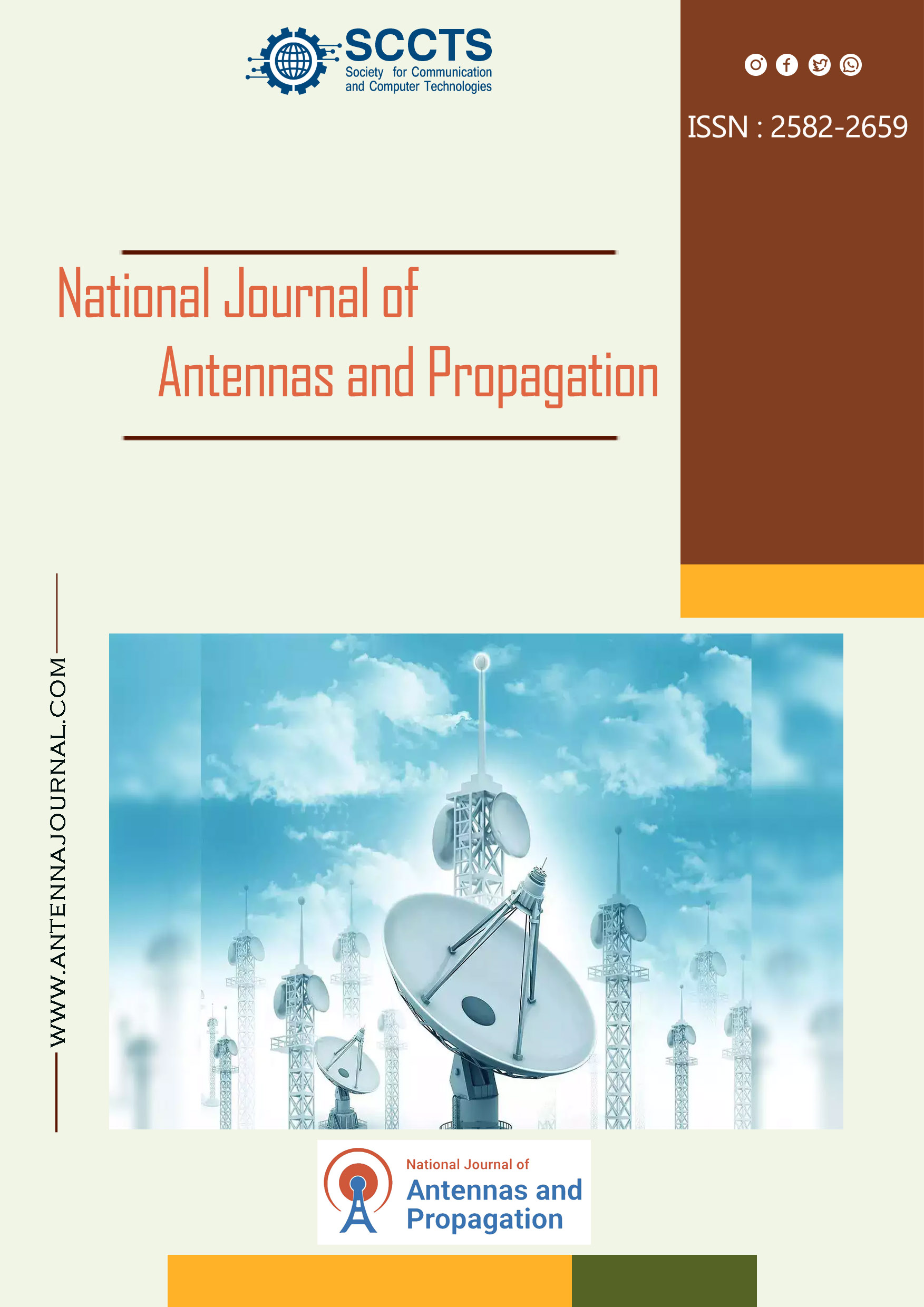Double Deep Q Newtork Based Data Aggregation and Trust Energy Aware Multipath Routing (TEAMR) in Wireless Sensor Network (WSN)
DOI:
https://doi.org/10.31838/NJAP/07.01.26Keywords:
Data-Aggregation (DA),, Double Deep Q Network Data Aggregation (DDQNDA),, Wireless Sensor Network (WSN),, Trust-Aware Clustering (TAC),, Cluster Head (CH),, Trust Energy Aware Multipath Routing (TEAMR),, Average and Subtraction-Based Optimizer (ASBO) algorithm.Abstract
In a variety of applications, a Wireless Sensor Network (WSN) is composed of multiple Sensor Nodes (SN) in a random distribution within a challenging environment that is open. Security and energy efficiency are considered two major criteria in designing protocols of WSN routing due to the limited resources in SNs and adverse deployment networks of SNs. Data Aggregation (DA) enhances Energy Efficiency (EE) and security by reducing the total amount of information relayed in a WSN, and removing Data Redundancy (DR) at every node of the network. Close analysis of Quality of Service (QoS) parameters and trust parameters are considered; the DDQNDA with Trust Energy Aware Multipath Routing (TEAMR) protocol in MR optimization is proposed in the given paper. To select routing paths which have the highest optimization in terms of network efficiency and security, the proposed optimization process can integrate trust factors to QoS parameters, the delays, Energy Consumptions (EC), Network Lifetime (NL), and distances. In the case of MR, DA is presented through the usage of DDQN. Because of the rules of the major network, DDQN selects the action that has high Q value during DA. A SN will then make use of DDQN classifier when receiving the combination of information of other nodes. Then it sums all the observed and received data using the proposed aggregation method and to send the DA to the next node it uses the shortest MR. MR implements the average and subtraction-based optimizer (ASBO) system. The effectiveness and robustness of the technique to augment MR mechanisms are demonstrated using wide-spread simulations and tests. The results reveal the flexibility of the algorithm to cope with changing conditions on the network and the ability to adjust reliability and QoS parameters to the utmost.











